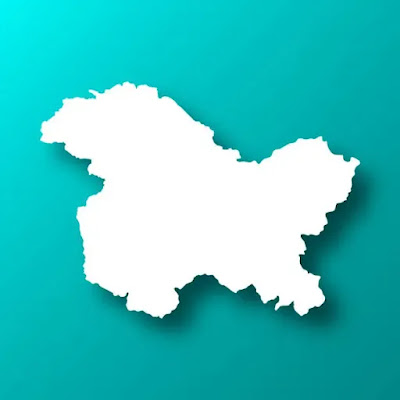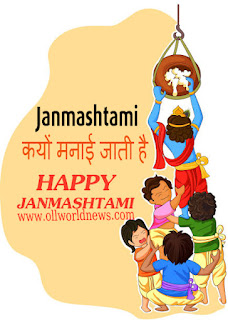What is article 370?
Article 370 was the basis for Jammu and Kashmir's accession to the Indian Union at a time when the former princely states had the choice of joining India or Pakistan after independence from British rule in 1947.
This Article (370) which came into effect after India's independence in 1949 exempts the state of Jammu and Kashmir from the Indian Constitution.
It allows Indian Territory jurisdictions to make their own laws in all matters except finance, defence, foreign affairs and communications.
What is 370 Kalam and more information about it see below:
- what is article 370 in simple words
- when was article 370 removed
- what happened in kashmir in 1990
what is article 370 in simple words
In October 1947, the Maharaja of Jammu and Kashmir, Hari Singh, signed an Instrument of Accession that specified three subjects. On which Jammu and Kashmir will transfer its authority to the Government of India and the rise of India will be recorded as seven states which will exercise control over the various states within India and the Instrument of Accession taken will be signed and mentioned in three subjects namely:
1. Foreign affairs
2. Defence
3. Communications
2. Defence
3. Communications
when was article 370 removed
Generally speaking, according to Article 370 of the Indian Constitution, Jammu and Kashmir has a special status with a separate constitution, state flag and autonomy of international administration. After Article 370, Article 370 was introduced to convert Jammu and Kashmir into a Union Territory and thereafter the state was converted into a Union State of Jammu and Kashmir.
what happened in kashmir in 1990
" Kashmiri Pandits responsible for crackdown on Muslims must leave Valley in two days," read a caption in the original Urdu review Al- Safa on 14 April 1990.
Vivek Agnihotri's film, The Kashmir Files, explores the woeful history of the outpour of Kashmiri Pandits, presenting itself as an account of events in the Valley in the early 1990s.
Agnihotri's donation of Hijraat, which it claims is" grounded on true stories", still, makes many clear diversions from the known data about the butchery of Kashmiri Pandits.
For case, he suggests that pitfalls to ask Kashmiri Pandits to leave the vale were issued in al- Safa before the Hijra, thereby contributing to the forced migration. The published trouble, still, came nearly three months after one of Jammu and Kashmir's darkest nights- 19 January 1990 was observed as Hijraat Day by the Kashmiri Hindu community.
A number of similar miscalculations mar Agnihotri's film, which has been called out for its collaborative bias. Then is a look at the factual timeline of the outpour of Kashmiri Pandits, and how the Kashmir lines depart from history at certain points.










0 Comments